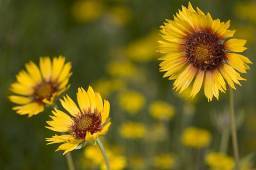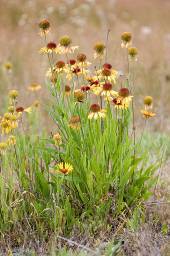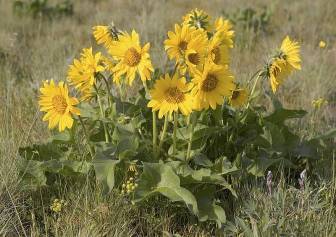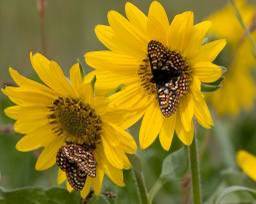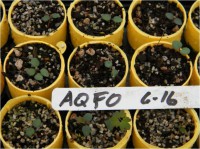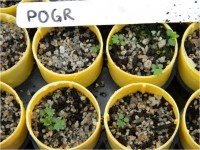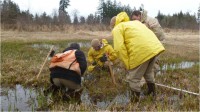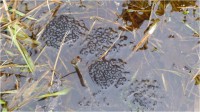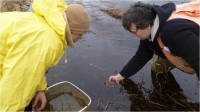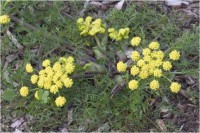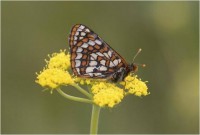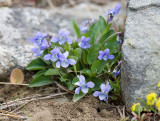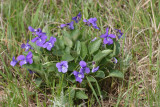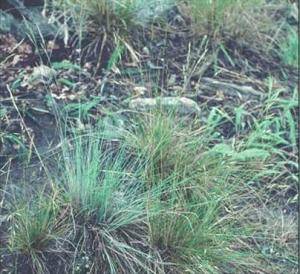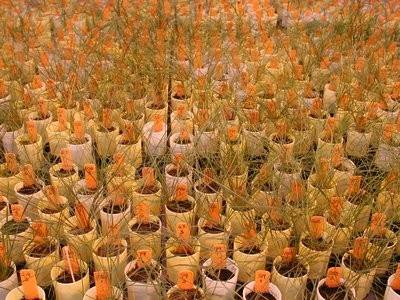SPP Plant Profile: Blanketflower (Gaillardia aristata)
Asteraceae Family
Basic Information
Blanketflower is a tap-rooted perennial, with large showy yellow and reddish-brown flowers. Leaves are alternate, 3-6 inches long with coarsely toothed and deeply divided margins. The species is moderately long-lived, and re-seeds in abundance once established. Distributed throughout the northern part of North America and the Western United States, it’s found in dry open spaces in prairies, mountain foothills and roadside clearings.
Ecological Importance
Blanketflower stands as a nectar and food source, as well as providing resting and cover, for many important pollinators and beneficial insects. Edward fritillary (Speyeria Edwards) butterflies rely on the species as a nectar source in their adult stage. A moth species, (Schinia masoni), is camouflaged to specifically mimic the yellow ray flowers and purplish-brown disk flowers to aid in avoiding predators. Throughout Western North America, blanketflower is pollinated by the soft-winged flower beetle (Listrus senilis), recognized as a critical pollinator of the species. Blanketflower and its associated beneficial insects are main components of many northern grassland ecosystems, breaking down organic matter, increasing soil fertility and improving soil water-holding capacity and water infiltration.
Fun Facts:
Blanketflower’s drought tolerance and brilliant flowers make it a popular choice for residential and commercial landscapes. Its low water demand leads to its use in low watering zones of XeriscapeTM and water wise gardens. Furthermore, the mature leaves of blanket flower are unpalatable and its rough textured stems make this species deer-resistant, even though some whitetail deer will browse lightly at different times of the year. Finally, as long as soils are well draining, no serious pest or disease problems are associated with blanketflower, adding to its ease of growth in both the nursery and in backyards.
